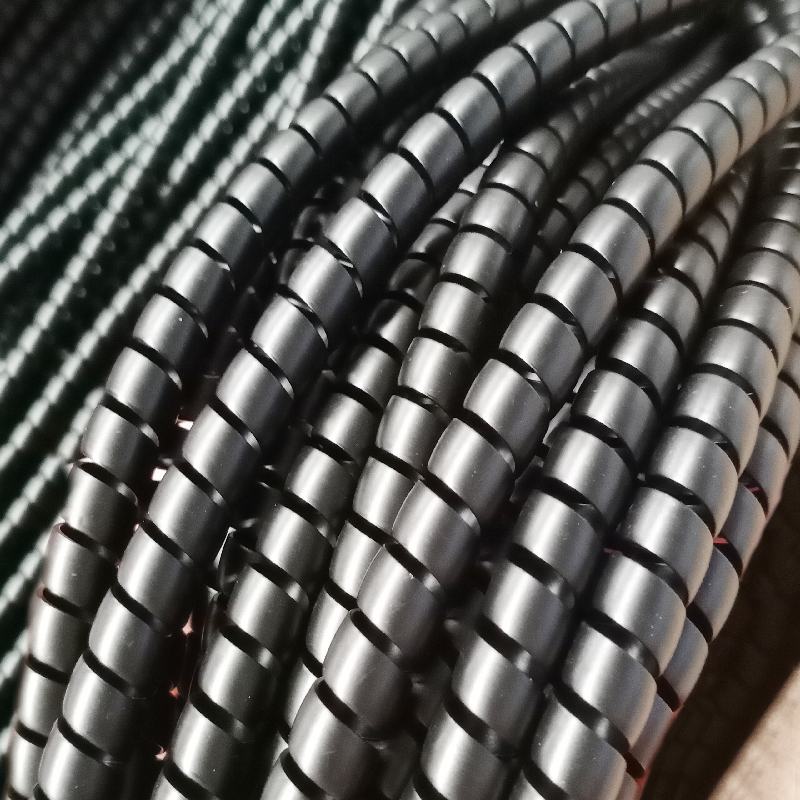replacing power steering hose
Replacing Power Steering Hose A Comprehensive Guide
The power steering system in your vehicle is an essential component that enhances drivability and safety. Over time, the power steering hose can wear out due to exposure to heat, pressure, and contaminants. A leaky or damaged power steering hose can lead to steering difficulties and potential damage to the entire steering system. Therefore, timely replacement is crucial. This article will walk you through the steps involved in replacing a power steering hose, ensuring that you maintain the optimal functioning of your vehicle.
Understanding the Power Steering Hose
Power steering hoses are critical in transferring the power steering fluid from the pump to the steering gear. Typically made of rubber or metal, these hoses must withstand high pressure and temperatures. A faulty hose can result in fluid leaks, leading to inadequate power steering, resistive steering, and, in extreme cases, losing vehicle control. Regular inspection of the hose and accompanying connections can significantly extend its lifespan.
Tools and Materials Needed
Before getting started, gather the necessary tools and materials, including
- A new power steering hose (specific to your vehicle make and model) - Power steering fluid - Wrenches (including an adjustable wrench) - Pliers - A funnel - Drain pan - Rags or paper towels - Safety glasses and gloves
Steps for Replacing the Power Steering Hose
1. Preparation Begin by ensuring that the vehicle is parked on a flat surface, and the engine is turned off. Allow the engine to cool down to avoid burns. It's recommended to wear safety goggles and gloves for protection.
2. Locate the Power Steering Hose Open the hood and locate the power steering pump; this is usually found near the engine. The power steering hose will be connected to the pump and lead to the steering gear.
replacing power steering hose

3. Drain the Power Steering Fluid Place a drain pan beneath the power steering pump to catch any leaking fluid. Loosen the hose connections at both the pump and the steering gear using a wrench, and carefully disconnect the hoses. Expect some fluid to spill, so be prepared with rags to clean up any spills.
4. Remove the Old Hose After disconnecting, take out the old power steering hose. You might need to remove any clamps or brackets securing it in place. Inspect the area for any debris or damage that may have contributed to the hose's wear.
5. Install the New Hose Take the new power steering hose and connect it to the power steering pump, ensuring that it fits snugly. Use your wrench to tighten the connections securely, but be careful not to over-tighten, which could cause damage. Repeat the same process for the other end of the hose.
6. Refill with Power Steering Fluid After securing the new hose, it's time to refill the power steering reservoir with the recommended fluid. Use a funnel to avoid spillage, and check your vehicle’s manual for the specified type of fluid.
7. Bleed the Power Steering System To ensure that there is no air trapped within the system, you need to bleed it. Start the engine and turn the steering wheel from lock to lock several times. This action allows the new fluid to circulate and expel any trapped air.
8. Check for Leaks After bleeding the system, turn off the engine and inspect all connections for any signs of leaks. If everything checks out, start the engine again and repeat the steering lock-to-lock motion.
9. Clean Up and Test Drive Finally, clean up any spilled fluid, dispose of the old hose properly, and take the vehicle for a test drive. Pay attention to the steering response and listen for any unusual noises.
Conclusion
Replacing a power steering hose is a straightforward task that can significantly affect your vehicle's performance. By following these steps and using the right tools and materials, you can ensure a successful replacement. Regular maintenance and inspections of your power steering system can prevent issues before they become serious, ultimately enhancing your driving experience. If you feel uncomfortable performing this task on your own, seeking professional assistance is always a wise choice.
-
Ultimate Spiral Protection for Hoses & CablesNewsJun.26,2025
-
The Ultimate Quick-Connect Solutions for Every NeedNewsJun.26,2025
-
SAE J1401 Brake Hose: Reliable Choice for Safe BrakingNewsJun.26,2025
-
Reliable J2064 A/C Hoses for Real-World Cooling NeedsNewsJun.26,2025
-
Heavy-Duty Sewer Jetting Hoses Built to LastNewsJun.26,2025
-
Fix Power Steering Tube Leaks Fast – Durable & Affordable SolutionNewsJun.26,2025

